HOW TO GET CERTIFIED IN QEEG BRAIN MAPPING — Successful Practitioner
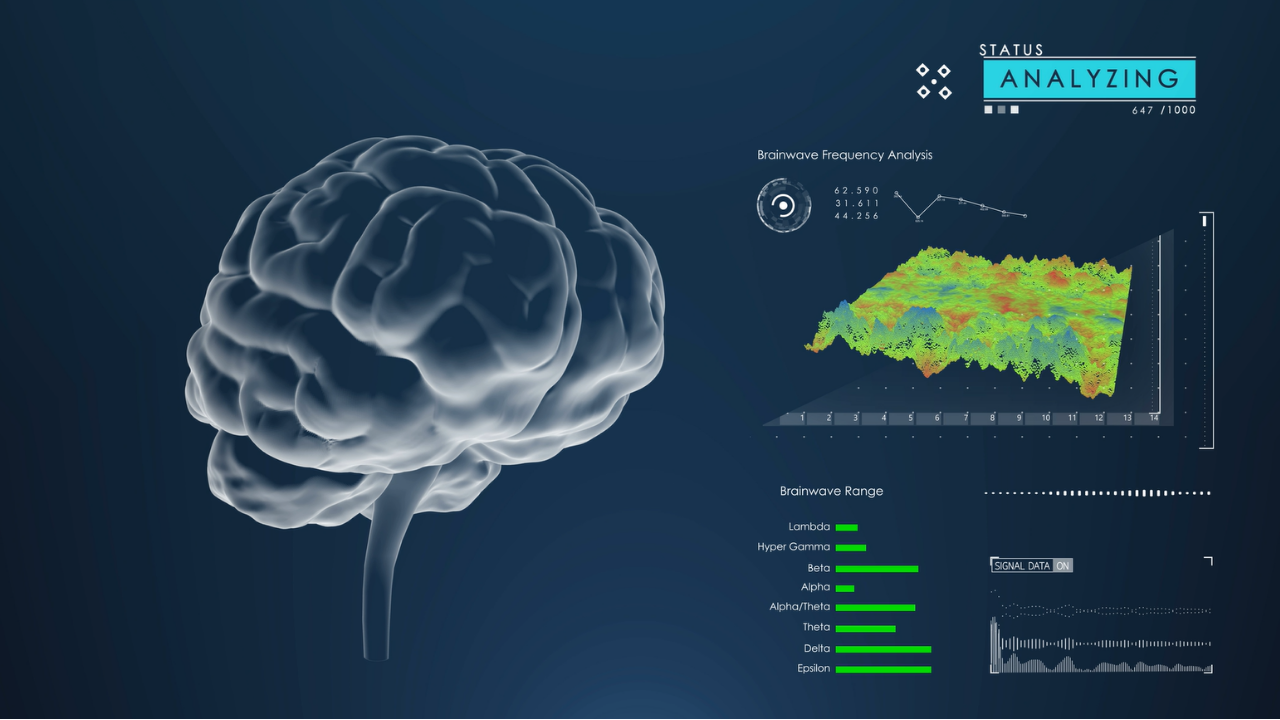
The brain map, often referred to as a qEEG, is one of the most vital diagnostic tools available in the field of neurofeedback for use with people who have brain-based conditions. Center for Brain has been using brain mapping technology to create targeted brain training protocols since 2001. Over the years we have continuously evolved, right.
What is a QEEG Brain Map? Special Mom Advocate Brain mapping, Neurofeedback therapy, Autism

QEEG (Quantitative Electroencephalography) brain mapping is a comprehensive analysis of individual frequencies or frequency bandwidths that make up your brain's electrical activity. Looking at 55 brain areas, we identify both strengths and deficiencies in brain networks and the same in their interconnections. Quantitative.
qEEG brain mapping Archives Leigh Brain & Spine

QEEG "Brain Mapping" provides us with a lot of information, including how your brain may be unusual across EEG frequencies (speed, power, and distribution), connectivity patterns, and how your brain changes state. In clinical QEEG, your recording is compared to a database of thousands of "typical" brains, with age matched. All QEEG.
QEEG Brain Mapping Michael G. Quirke, MFT
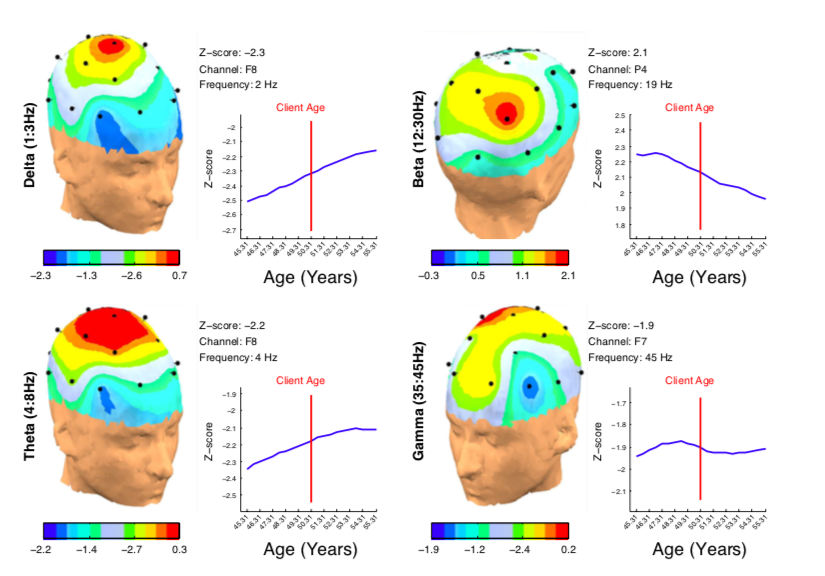
Abstract. Quantitative electroencephalography (QEEG) is a modern type of electroencephalography (EEG) analysis that involves recording digital EEG signals which are processed, transformed, and analyzed using complex mathematical algorithms. QEEG has brought new techniques of EEG signals feature extraction: analysis of specific frequency band.
QEEG 3 Ways a Brain Map Can Help Denver Englewood Counseling Highlands Ranch Therapy
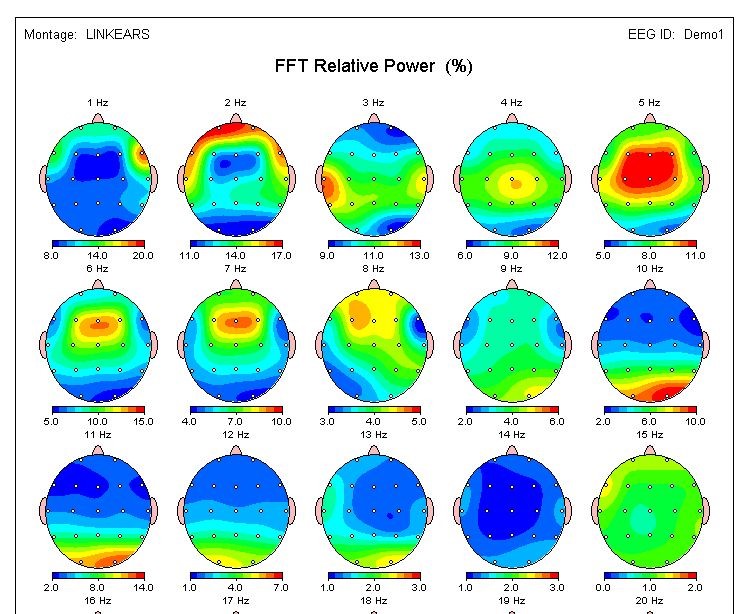
Brain mapping is an entirely non-invasive process. It involves wearing a cap over your head that will have electrodes on it. Using a conductive agent (aka a water-soluble gel), your technician will connect the electrodes to a monitor to begin the mapping process. You'll be entirely passive throughout the mapping process, however, you may be.
QEEG Brain Mapping Restore Behavioral Health
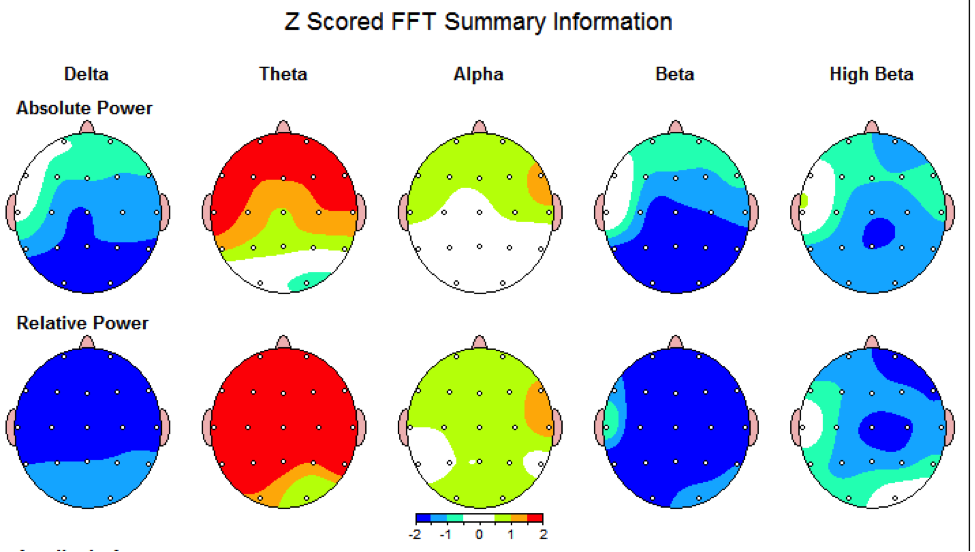
The QEEG brain map neurometric readings give us vital information to help identify areas of over or under-activity to train, and to precisely chart your progress. By seeing which areas have abnormal activity, we can predict what type of symptoms you may be experiencing as a result. For example, if specific brain areas involved in attention are.
What is qEEG Brain Mapping Tracyn Alston Mental Fitness Matters
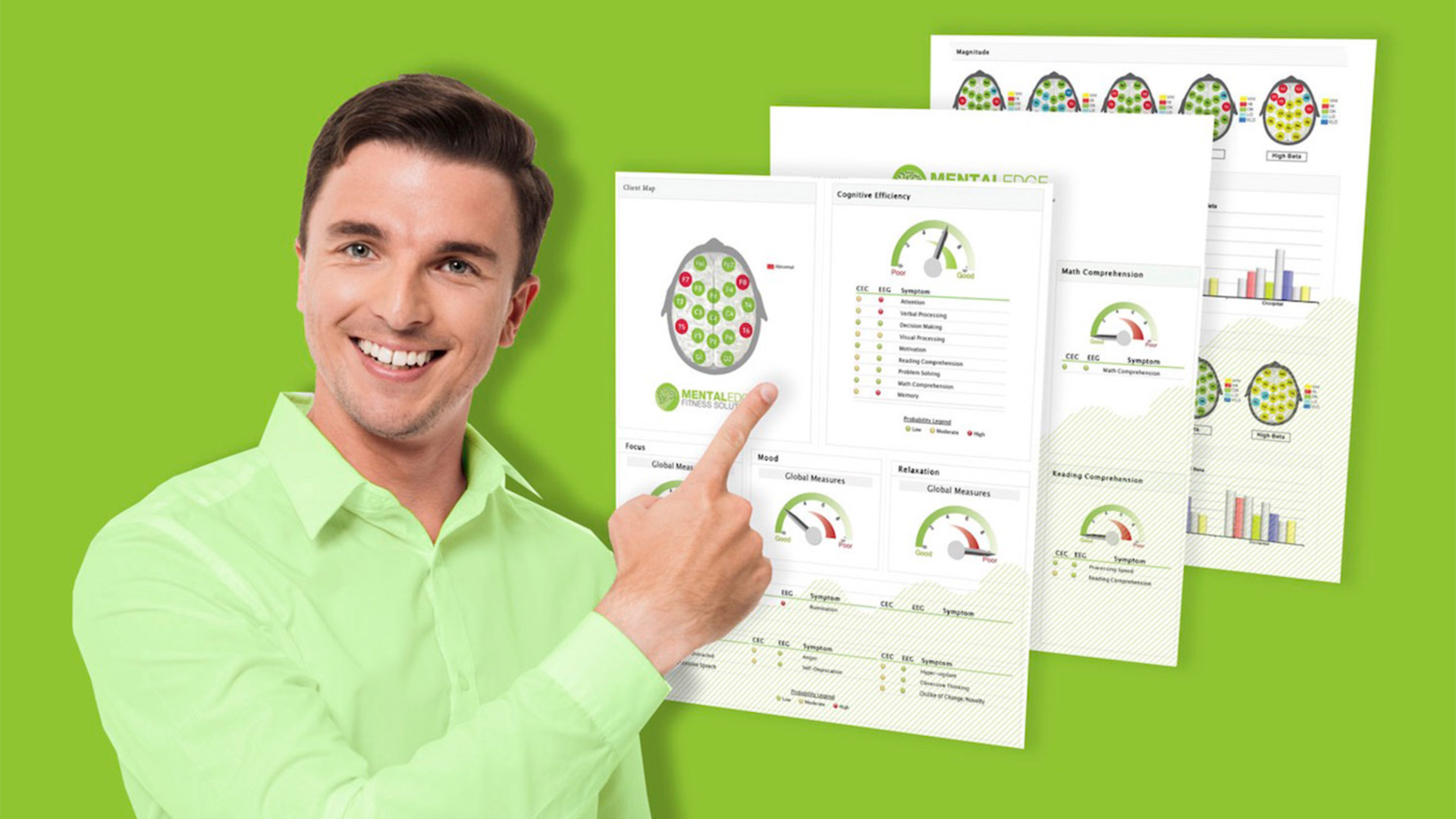
A qEEG is used as a non-diagnostic assessment to measure or map the brain's electrical activity for the purposes of Neurofeedback training. Brainwaves are patterns of electrical activity that occur in the brain and different brainwaves have different frequencies (slow, fast, etc). The frequency of a brainwave helps us tell one brainwave.
qEEG Brain Mapping New Mentality
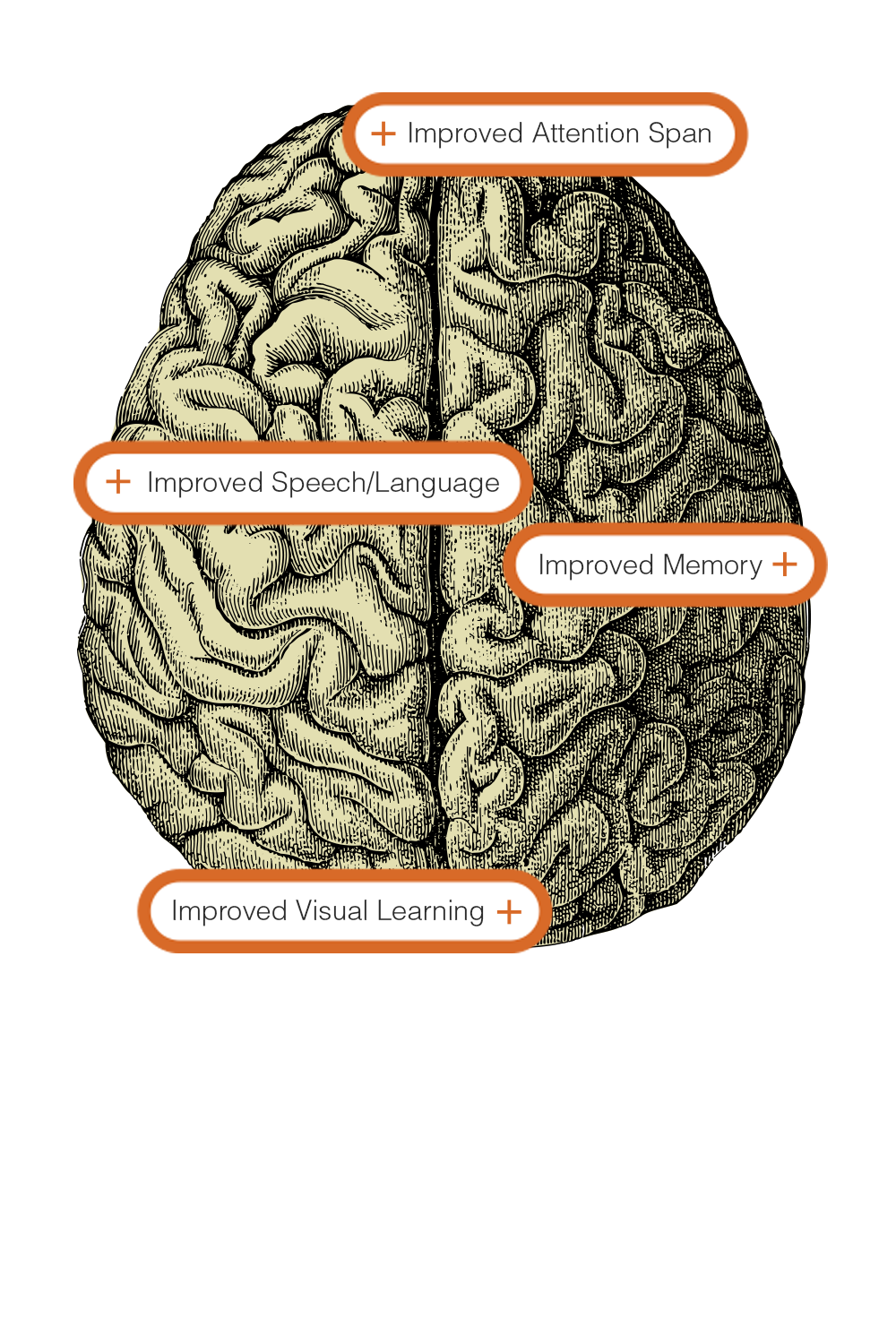
Thanks to the diagnosis of QEEG, having the image of brain waves, it is possible to develop EEG-biofeedback (neurofeedback) therapy personalized to the individual patient . The research conducted by Ribas et al. [ 46 ] found an association between the symptoms of anxiety and the category of hot temporal lobes (T3 and T4) of the TLC technique using the TQ-7 method.
qEEG Brain Mapping in Dallas Key to Balancing Your Brain
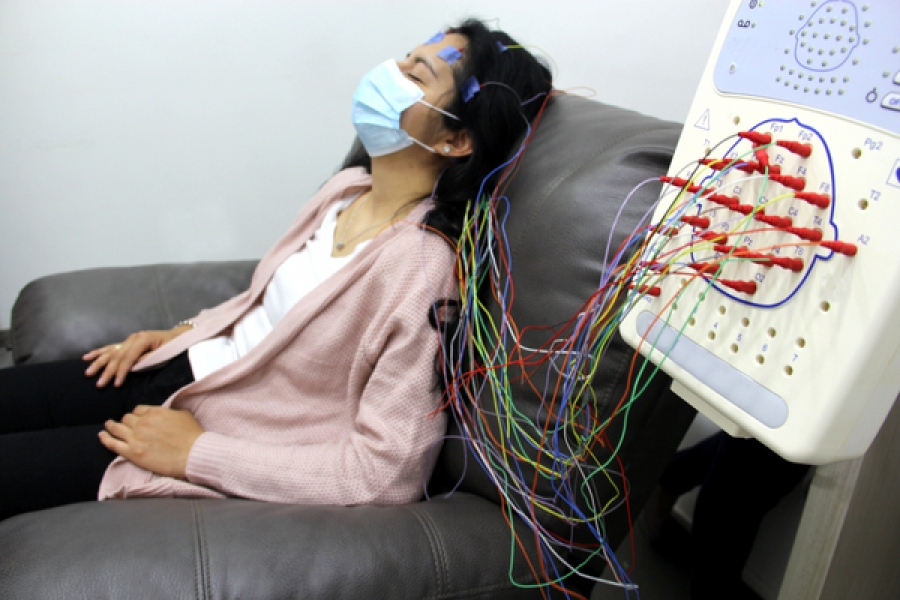
The Drake Institute has been utilizing qEEG (Quantitative Electroencephalogram) Brain Mapping for 23 years as an important diagnostic test in evaluating patients with ADD/ADHD, Autism Spectrum Disorder, Learning Disorders, Anxiety, Depression, and Post Traumatic Stress Disorder. As a medical clinic, the Drake Institute developed one of the.
What to Expect Initial QEEG Brain Mapping Southwest Brain Performance Centers

QEEG Brain Mapping Results. The results of a qEEG brain mapping test are typically presented as a map of the person's brain activity, which can then be compared to a database of what is considered "normal". The results may also include a quantitative measure of brain activity, such as the power in a certain frequency band.
qEEG Brain Mapping Neurofeedback Los Angeles NeuroZone

Understanding qEEG Brain Mapping. Your brain creates simple electricity through an electrochemical process, which allows it to carry out all of it's functions, including learning, communicating and managing emotions. Brain mapping is a method of recording this electrical activity in the form of brainwaves and analyzing the results.
QEEG Brain Mapping Colorado Springs Neuro Hope Psychotherapy

March 26, 2024. Quantitative Electroencephalography (QEEG), commonly called brain mapping, is a technique that applies mathematical methods to EEG data, focusing on power spectral analyses. This method generates quantitative metrics related to behavioral and cognitive brain functions. Comparing an individual's QEEG to a normative database.
QEEG Brain Mapping Michael G. Quirke, MFT
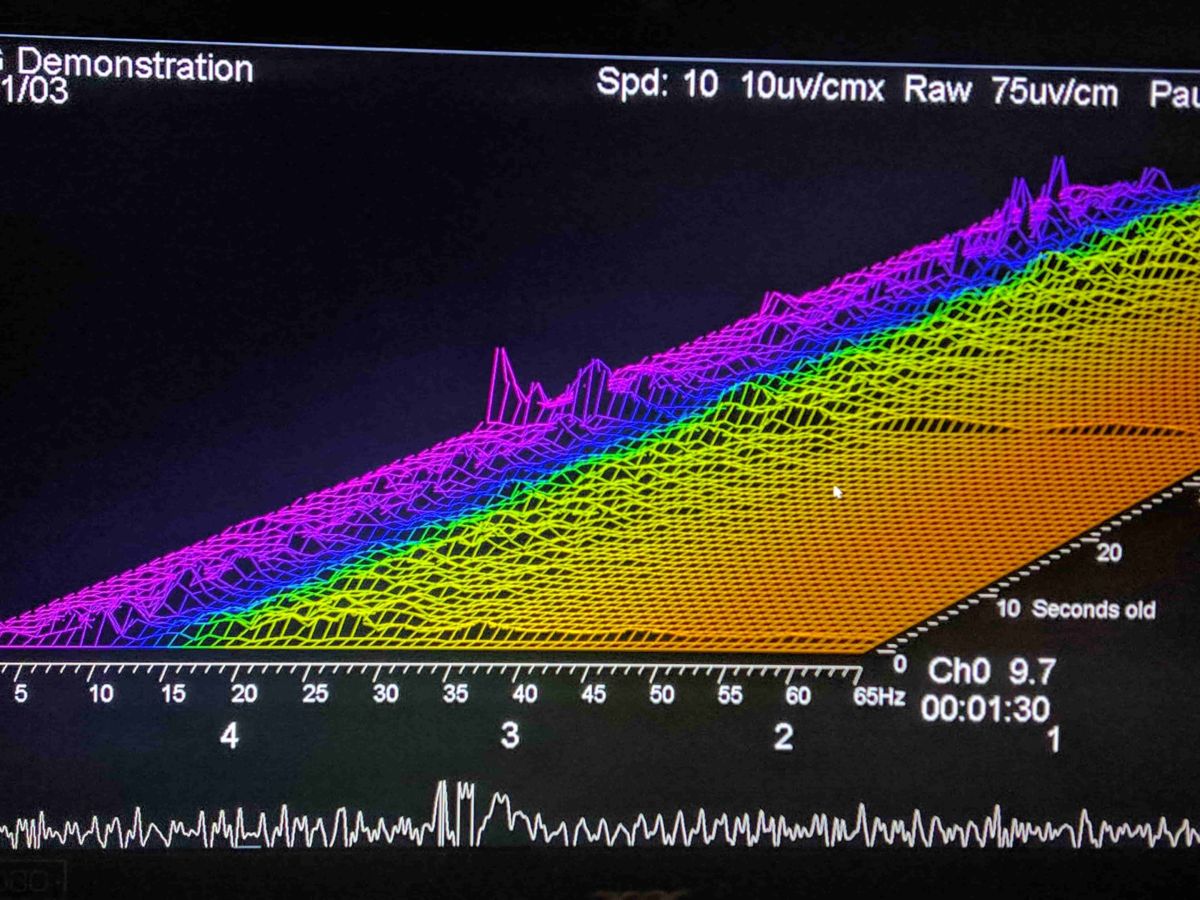
A qEEG brain map can cost as little as a few hundred dollars, which means more people are taking a peek at their brain waves, not just for diagnostic purposes, but also with optimization in mind.
What Is qEEG? What You Need To Know About Brain Mapping In Denver

A qEEG (Quantitative Electroencephalogram) is a diagnostic tool that measures electrical activity in the form of brain wave patterns. It is sometimes referred to as "brain mapping.". Brain waves are the rhythmic electrical impulses generated when the millions and millions of neurons inside your head communicate with each other.
Advanced QEEG Brain Mapping (AQBM) BrainTrainUK

This training creates change over time in the brain map, or resting brain wave patterns, also called Quantitative EEG (QEEG), biomarkers, or EEG phenotypes. Getting into neurofeedback and brain mapping is a journey into applied psychophysiology, where you learn to first understand the electrical activity in the brain, and then shape and change its activity over time.
Brain Mapping/QEEG Assessment Synapse Chicago
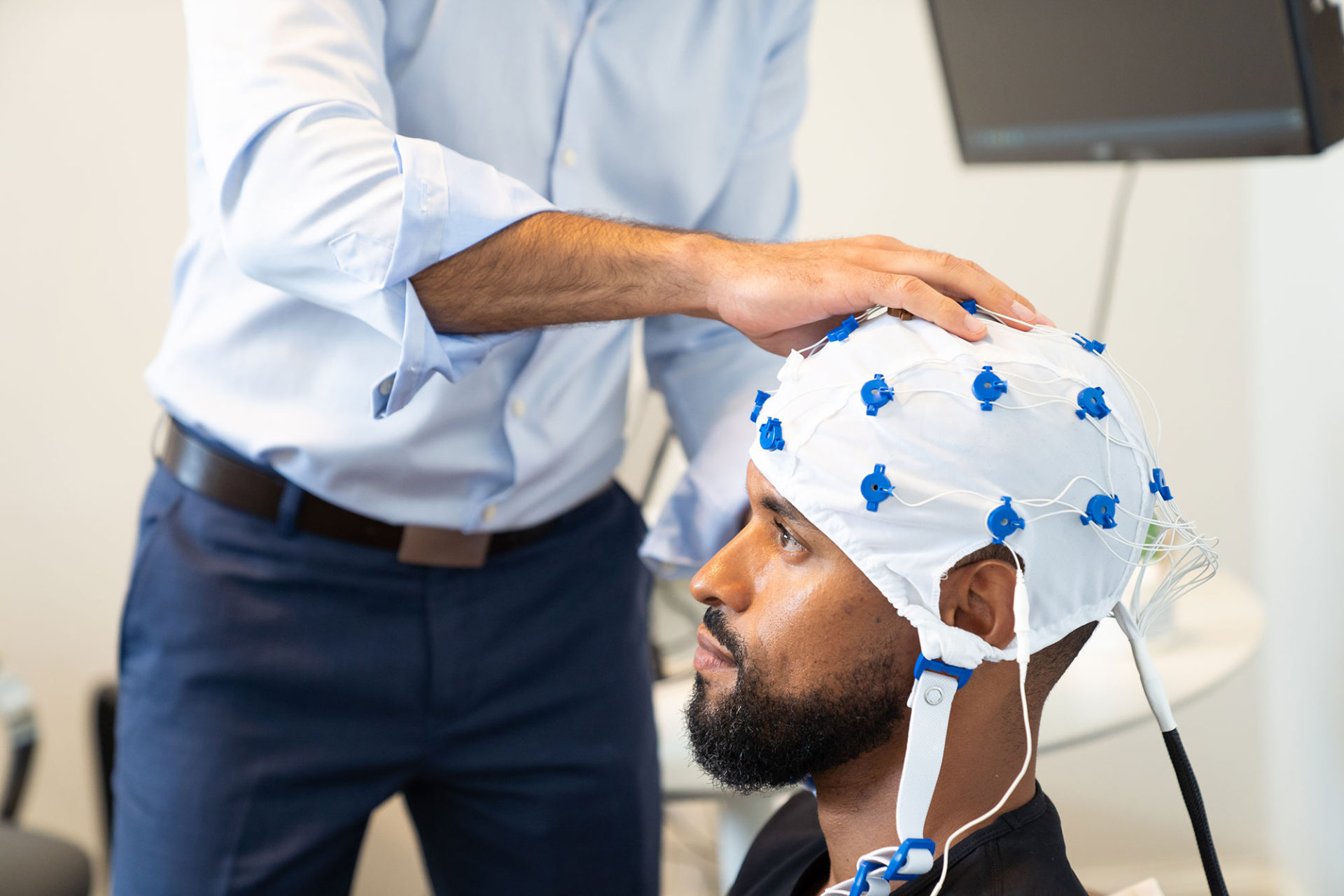
Brain mapping assessments are based on an analysis of EEG activity in multiple locations on the scalp. These QEEG assessments based on quantitative electroencephalography are entirely non-invasive and provide a look at the brain in different conditions (eyes closed, eyes open, reading, doing mental arithmetic, etc.). They can be used to guide.